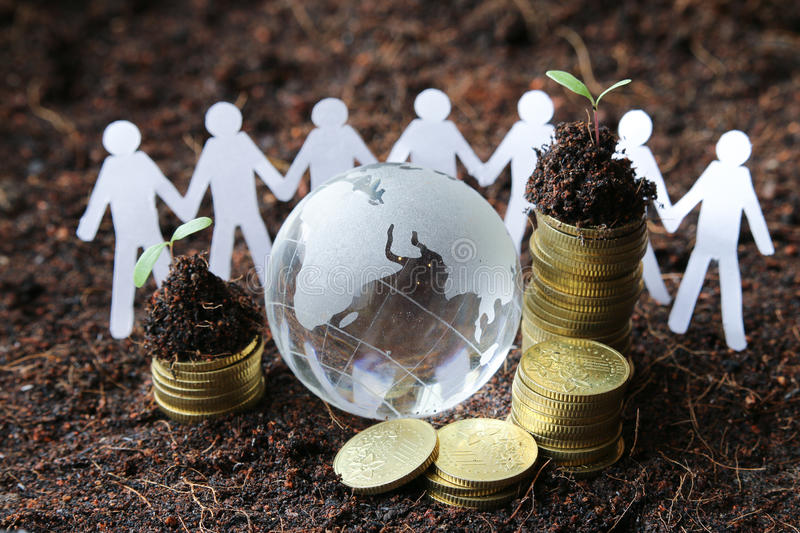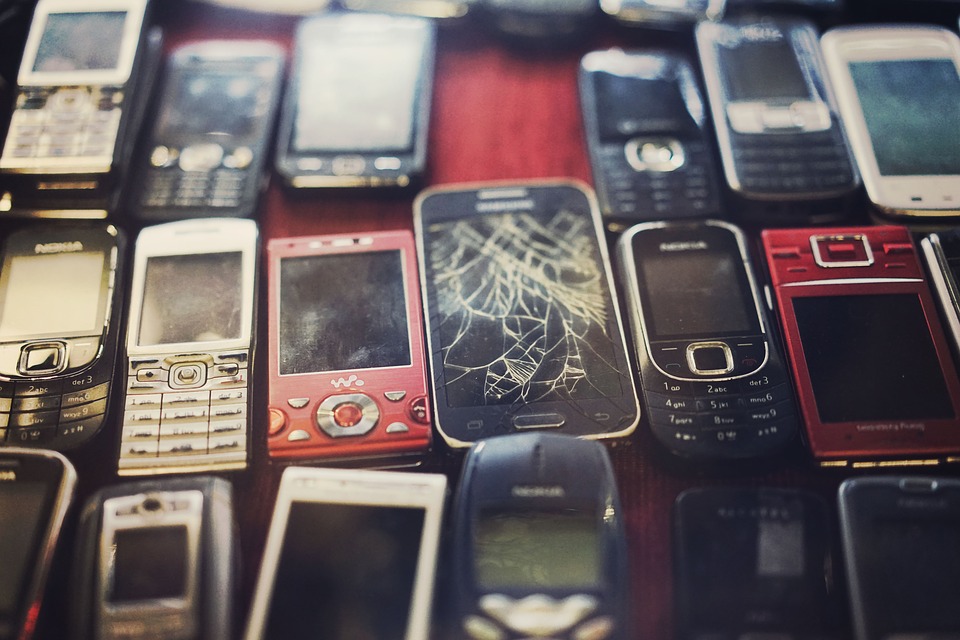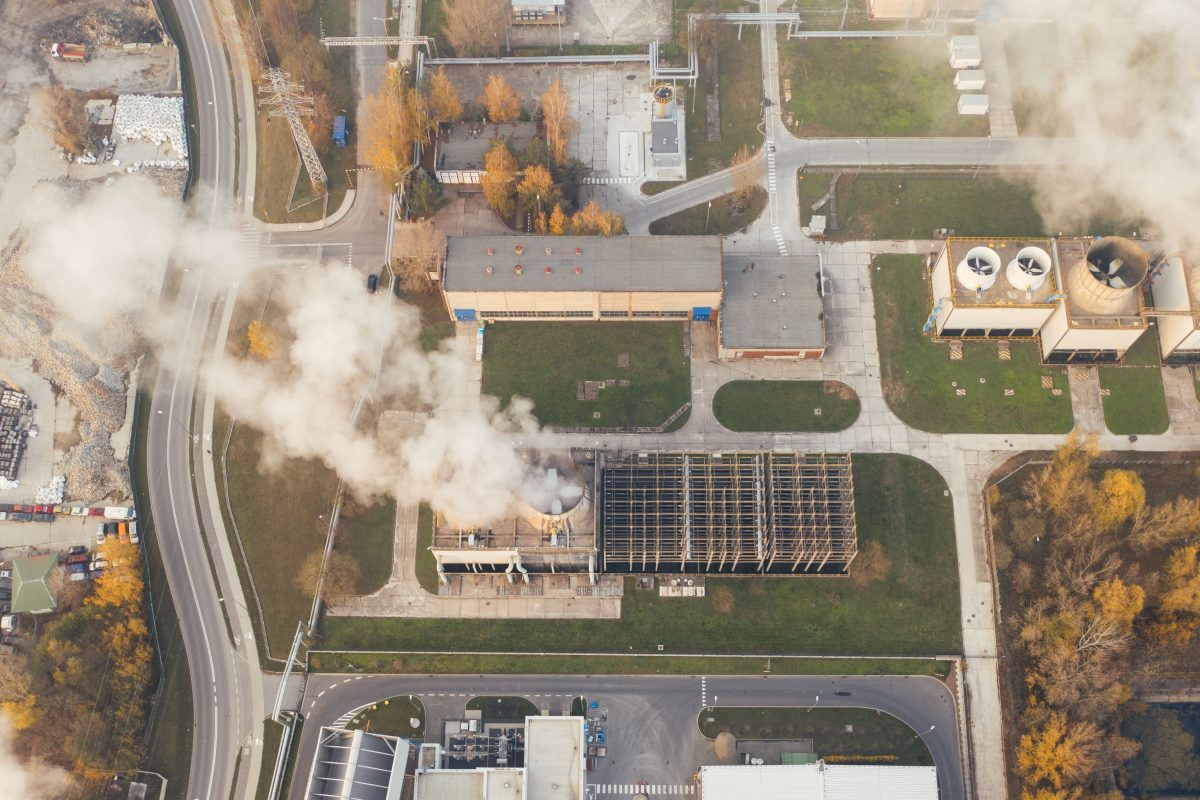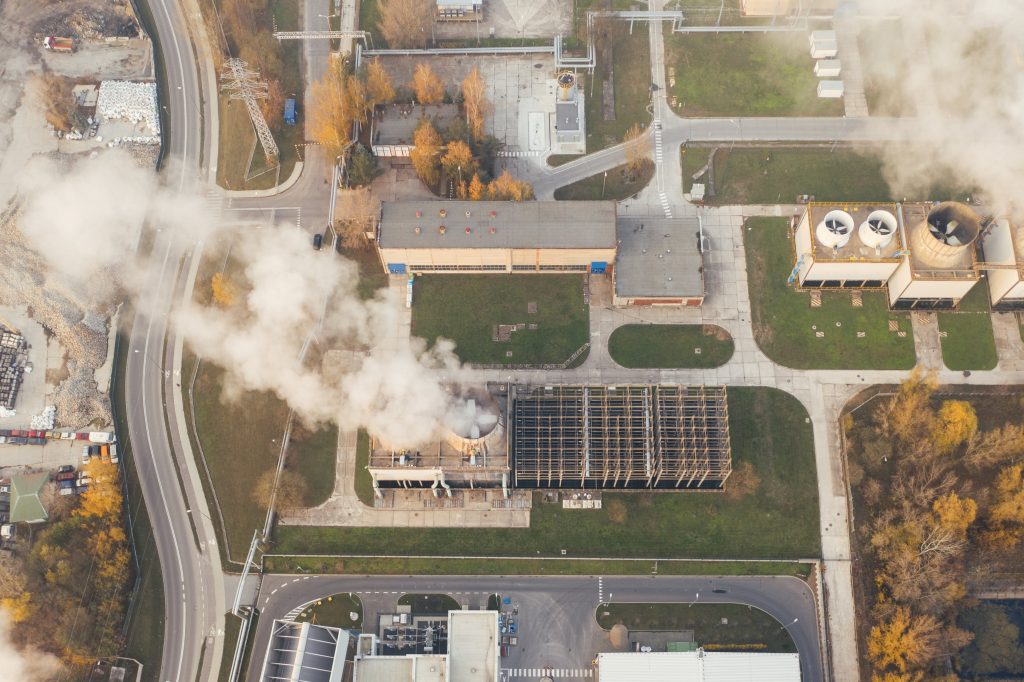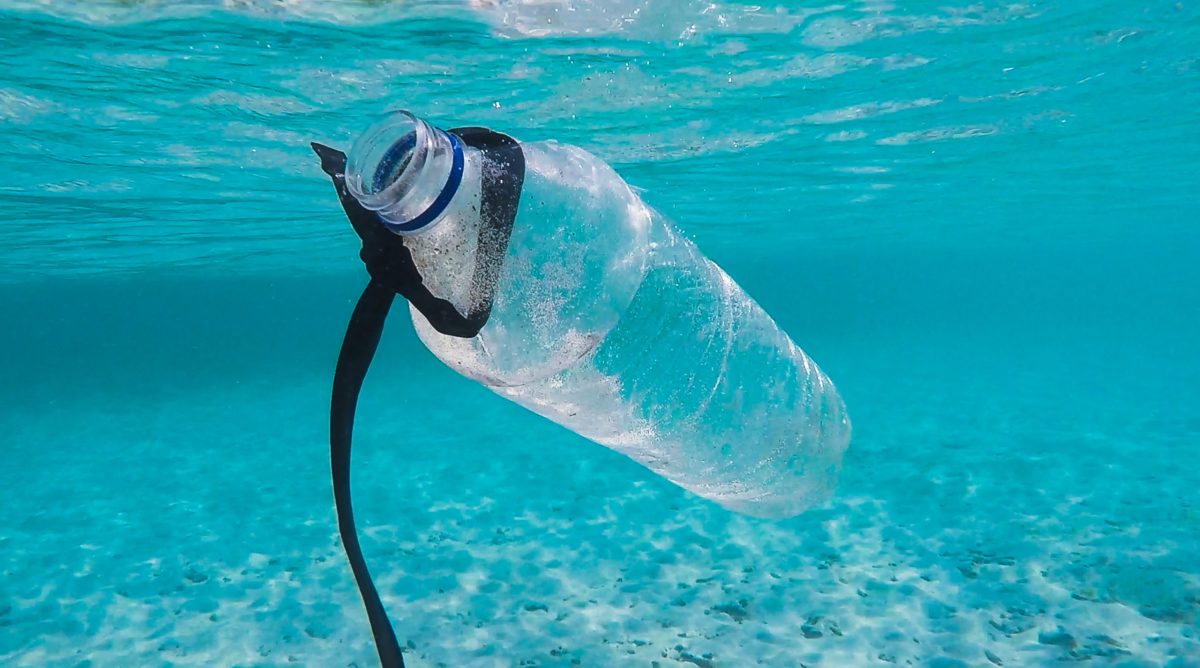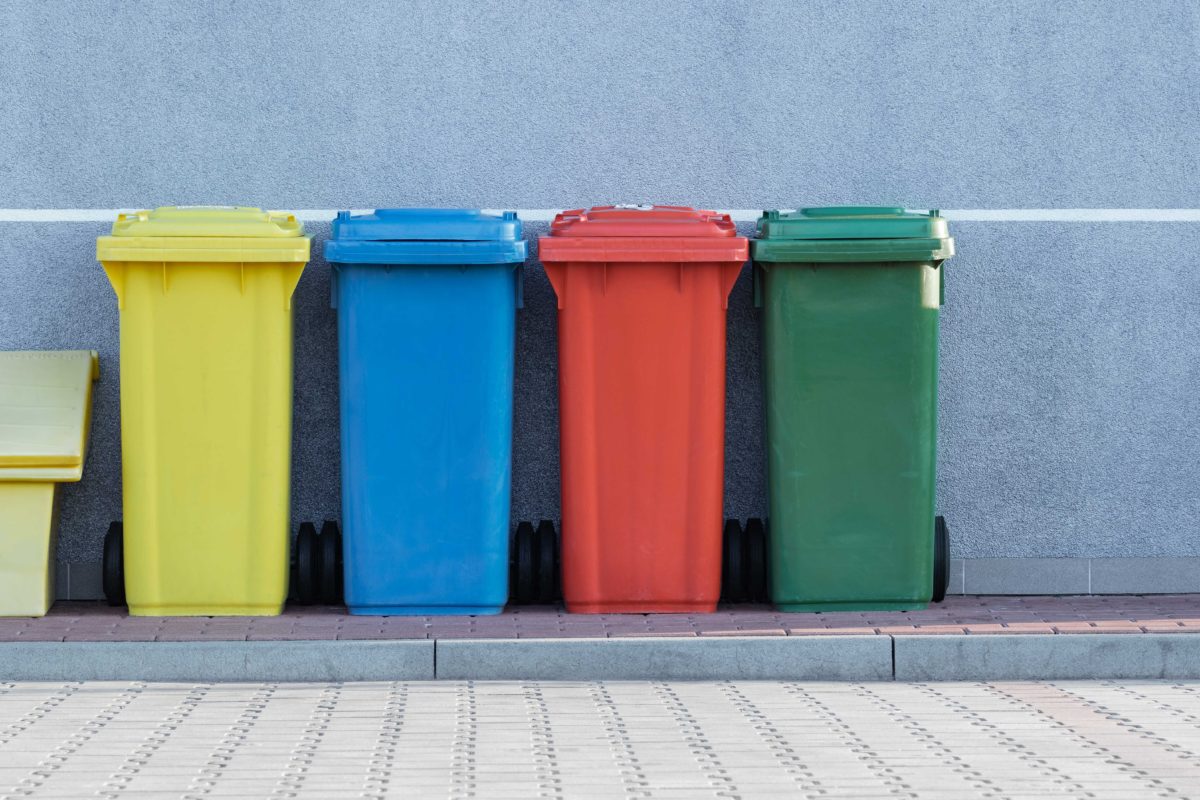Consumers worldwide are increasingly shifting their buying habits and prefer brands that care about the environment. The growing concern for the sustainability of the environment is defining a new generation of shoppers. Perhaps their awareness of how environmental degradation impacts the ever-increasing pollution and people’s health is key to their buying preference.
These health concerns or issues made consumers more conscious about how brands produce their goods. In turn, this has put pressure on businesses or brands to create sustainable and eco-friendly products. Sustainability has also provided an opportunity for companies to respond to the increasing demands of the consumer.
How to Build a Sustainable Brand
Building a sustainable brand may require different approaches and strategies. So, how do you create a unique system for your brand? Planning is the first step. This includes the alignment of the process with a company’s goals and objectives. To create a smooth transition in building a sustainable brand, well-established brands create a strategic marketing plan that answers the following:
What do they offer?
Business owners start by identifying their business goals. So check if their business practices are aligned with environmental sustainability. Figure out what makes the brand appealing and what they offer the public that contributes to the environment.
Are they listening to you?
A company that cares keeps a keen ear and always listens to the customer’s needs. Engaging with the customers will let you know if you can trust them. They start by understanding their target audience and identifying the concerns to figure out how they can provide solutions.
How strategic is their content?
An authentic and unique marketing strategy that communicates with the audience is essential. Are they reaching out to consumers in different platforms and channels to convey their message on environmental sustainability? Can consumers also provide feedback in their channels and platforms?
How do they create an impact?
A company that cares about its business analyzes its strategies to see if these are working. Observe the effectiveness of their marketing strategies. Also, see if they have a versatile plan when necessary. Sometimes, to ensure that their efforts are working, they need to make changes depending on the current environmental situation.
Sustainable Business Practices
When there’s proper planning, there should also be some do’s and don’ts that a sustainable company abides with. Check your favorite brands if they are doing it the right way.
Integrates Sustainability With The Brand
You know that a company is serious with its sustainability efforts when it integrates these efforts in its brand purpose. Do they walk their talk? When a company’s entire branding pervades sustainability in its whole business practices, it cares about the environment. For instance, some fashion companies that are into animal protection no longer use real animal skin or fur in their products. They have developed or invested in technologies to make these materials look and feel as real as can be.
Educates the Consumers
Observe if the company takes the effort to educate or share information and practices with its customers about sustainability and not merely doing lip service. Do they walk the talk? If they take great lengths about sharing information on sustainability with their customers, you know the company shows integrity.
Efficient and Effective
Successful companies must put a great deal of effort into being sustainable brands, especially applying sound environmental practices to their business processes. They regularly check all these to ensure that they meet their goals.
Picks the Right Partners
Companies that adopt sustainable environment practices want to partner with like-minded entities who share the same concern and care for the environment. Partners refer to suppliers, vendors, distributors, or retail partners, among others. They understand that picking the wrong partners can undermine their efforts. Check if the company is not associated with any brand that doesn’t align with their business practices.
False Sustainability Branding
While there’s a checklist for the good practices of a sustainable brand, there is also a list that you need to watch out for. Some companies may only do false-advertising just to gain the attention of their audience. As a responsible consumer, you need to be wary of false sustainability practices.
Greenwashing
Sustainable companies do not oversell their green initiatives or make a false narrative about them.
Underselling
Companies should be able to celebrate their sustainable practices with their customers. After all, their consumers patronize their products and services. Watch out for companies that do not truly advocate for the sustainability of their brand.
Alienates Customers
Sustainable companies practice their efforts not only by showing their customers but involving or engaging them too. For instance, inviting consumers to dispose of waste products properly is the best way to show how it is done. This cultivates the loyalty of the consumer to the brand.
BIDI® Cares: Engaging Customers to be Part of Sustainability Efforts
Bidi Vapor, the manufacturer of the premium BIDI® Stick, advocates the proper disposal of electronic waste and has started a program to address this global problem. The BIDI® Cares initiative encourages consumers to save the planet by promoting sustainable practices actively.
Be the change that you want to be, be part of the sustainability movement. To learn more about how you can be part of our eco-conscious movement, please visit www.bidicares.com/recycling-101.

